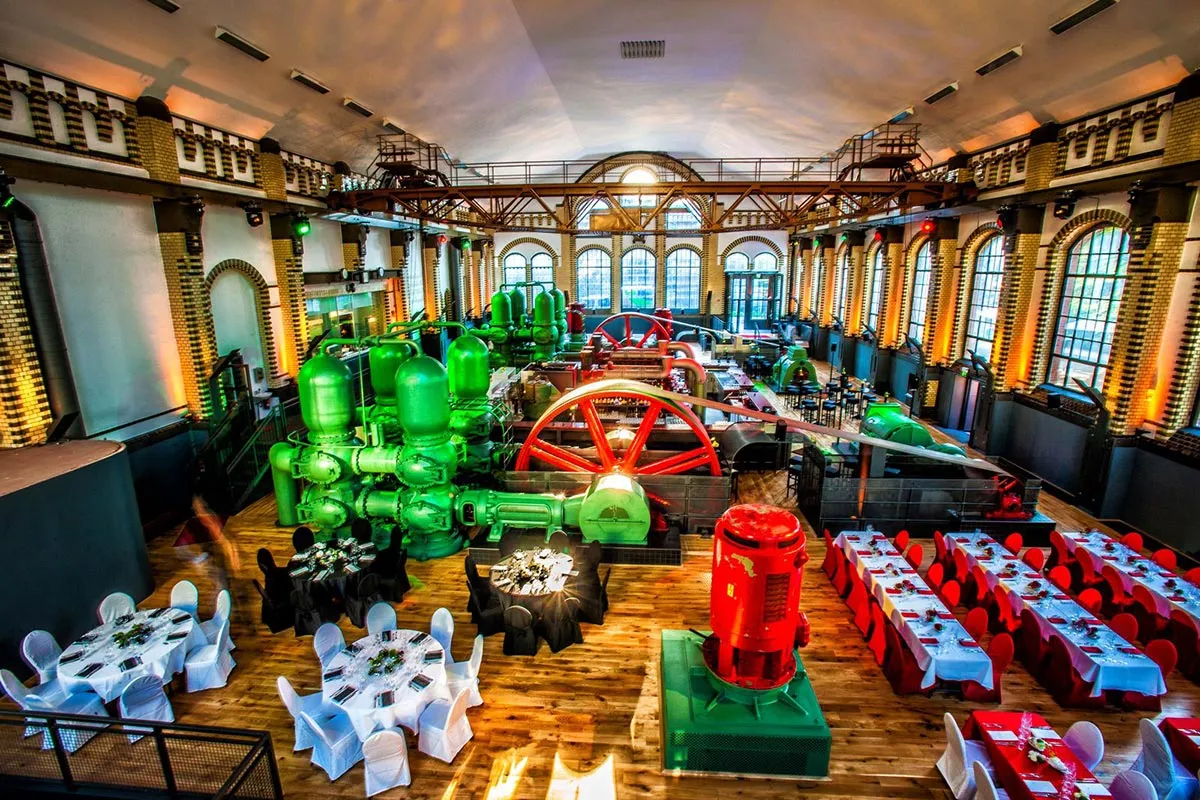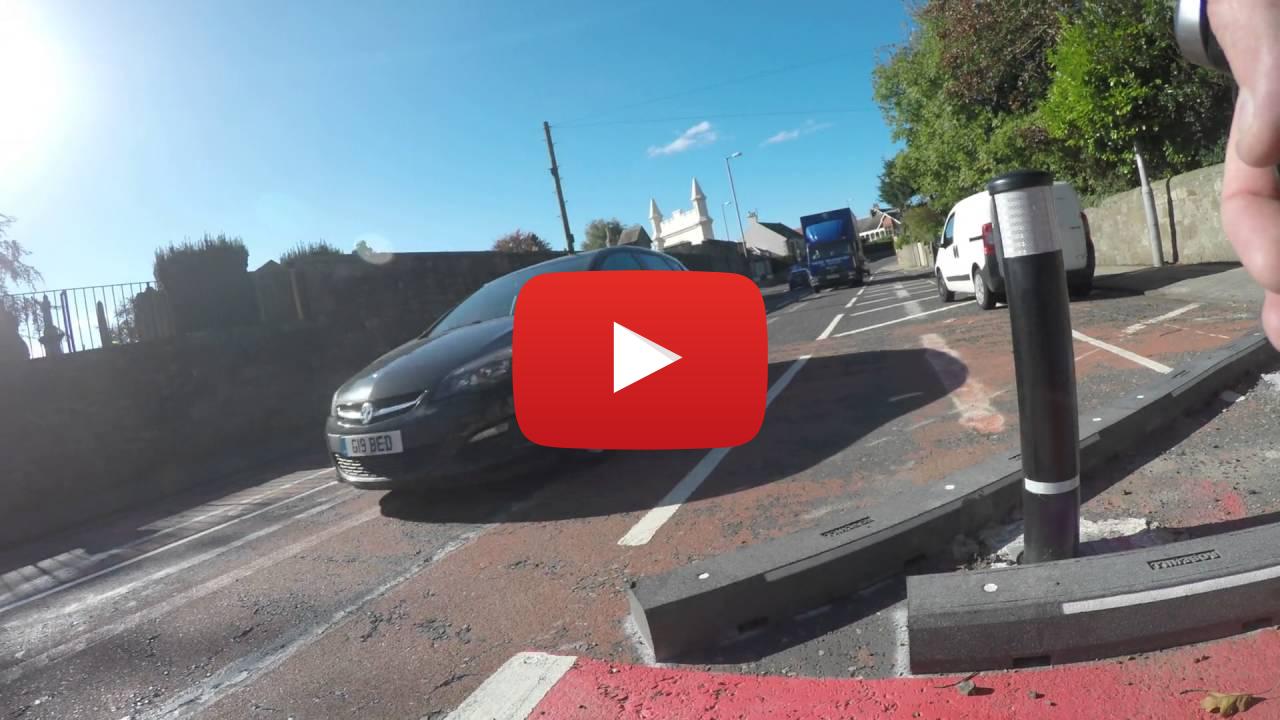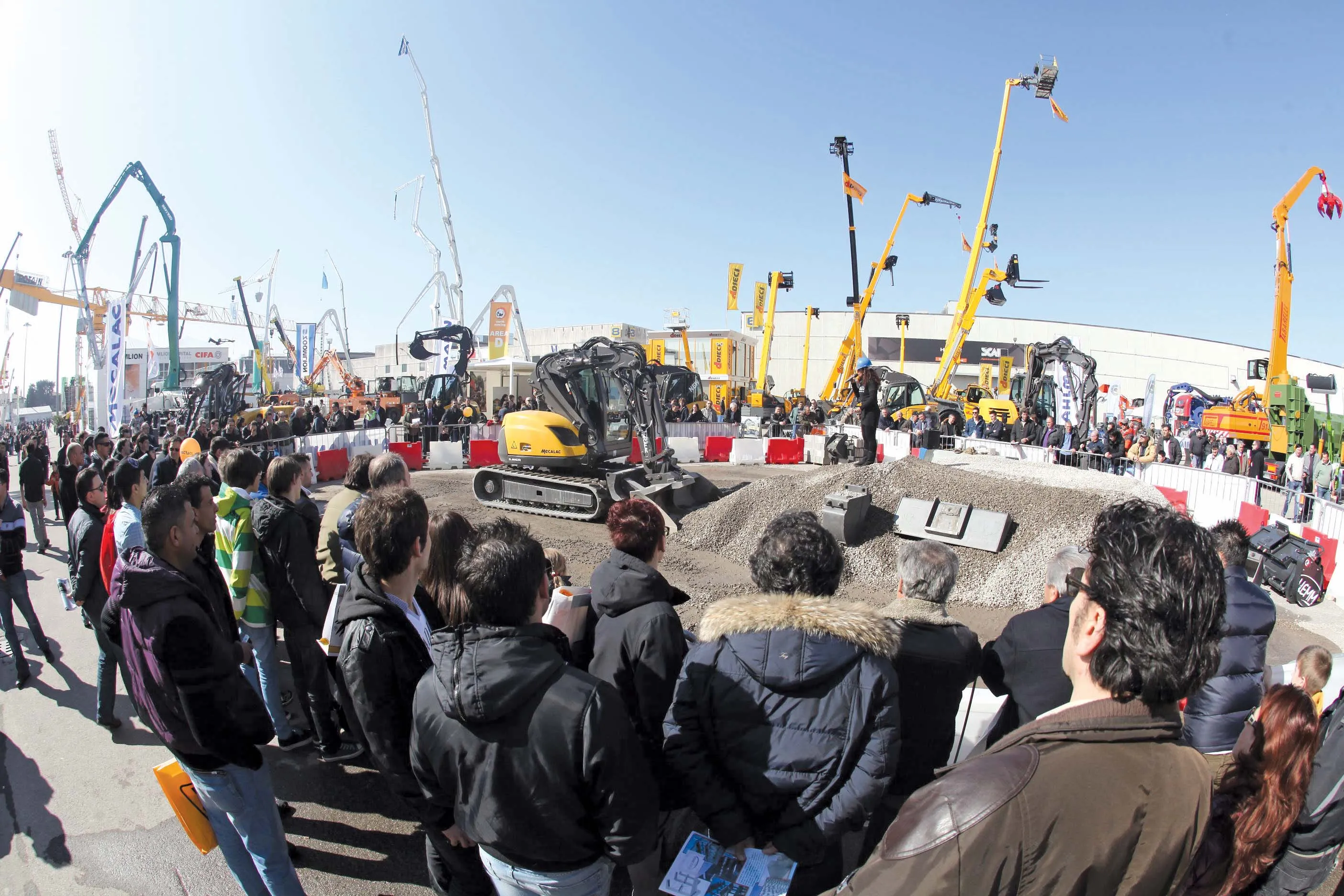Establishing partnerships with local authorities is a vital step towards improving road safety, saving lives and developing the economy.
In Gyumri there is a lot to be achieved – street markings need updating while both drivers and pedestrians frequently flout traffic safety rules. Not only in Gyumri, but also globally, there is a need to change public attitudes to road safety from one that focuses on risk takers to one that understands the importance of sustainable mobility and a safe system approach for everyone.
As an initial step, Poghos has suggested introducing the %$Linker:
Armenia’s road safety problem is critical
Armenia is facing a crisis in road safety, according to the World Health Organisation (WHO). The rate of road traffic fatalities in Armenia is 18.3/100,000 population according to the WHO 2015 Global Status Report on Road Safety. This is the highest rate in any Eastern European or Caucasus country, and costs an estimated 4.62% of GDP/year.
Establishing partnerships with local authorities is a vital step towards improving road safety, saving lives and developing the economy. EASST partner Poghos Shahinyan,
March 9, 2018
Read time: 2 mins
Armenia is facing a crisis in road safety, according to the 3263 World Health Organisation (WHO). The rate of road traffic fatalities in Armenia is 18.3/100,000 population according to the WHO 2015 Global Status Report on Road Safety. This is the highest rate in any Eastern European or Caucasus country, and costs an estimated 4.62% of GDP/year.








